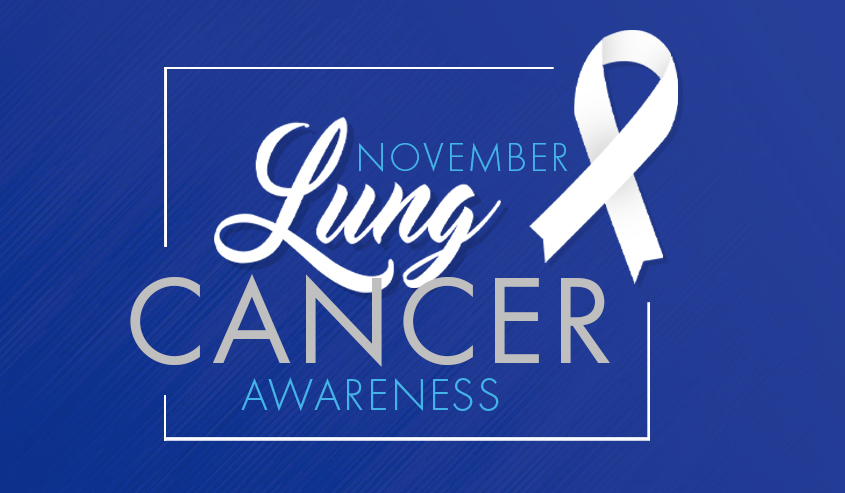
Lung cancer is the second most common type of cancer in American men and women. The American Cancer Society’s 2020 estimates for lung cancer cases include 116,300 new cases in men and 112,520 in women as well as 72,500 deaths among men and 63,220 among women. Furthermore, lung cancer typically occurs in older individuals. For instance, most lung cancer cases are diagnosed in individuals aged 65 and older while a small percentage is diagnosed when they are 45 or younger.
Signs and Symptoms
There are no signs or symptoms indicating the presence of lung cancer when it’s in its earlier stages. We typically see them once the disease has advanced. Signs and symptoms may include:
- Bone pain
- Chest pain
- Coughing up even small amounts of blood
- Headache
- Hoarseness
- Involuntary weight loss
- Persistent new cough
- Shortness of breath
If any of the above signs or symptoms persists, you should schedule an appointment with your doctor immediately.
Risk Factors and Complications
There are several factors that can increase a person’s risk of getting lung cancer, some of which can be controlled (quit smoking) while others cannot be (family history). These risk factors include:
- Asbestos exposure
- Cigar, cigarette, or pipe smoking
- Exposure to other carcinogens
- Family history of the disease
- Previous radiation therapy
- Radon gas exposure
- Secondhand smoke exposure
In addition to these risk factors, certain complications often arise when an individual has lung cancer such as:
- Chest fluid (pleural effusion)
- Coughing up blood
- Lung cancer that metastasizes (spreads to other body areas)
- Pain in affected areas
- Shortness of breath
Additionally, cancer causes headaches, nausea, pain, and a host of other signs and symptoms when it is spreading to other areas or organs in the body. Once it has spread from the lungs, it is usually not curable.
Prevention of Lung Cancer
Unfortunately, theirs is no way to prevent the onset of lung cancer. However, there are several ways that you can reduce your risk of developing the disease including:
- Avoid carcinogens on the job by wearing protection gear against toxic exposure
- Avoid smoking
- Avoid secondhand smoke
- If you do smoke, quit
- Eat plenty of fresh fruits and vegetables
- Exercise daily whenever possible
- Have your home tested for radon
Although you cannot prevent lung cancer from developing, you can at least reduce the risk of it occurring by following the tips mentioned above.
Diagnosing the Disease
If your physician suspects that you may have developed lung cancer, he or she may order one of the following tests:
- Diagnostic imaging tests such as a CT scan or X-rays
- Sputum or phlegm cytology (microscopic examination of phlegm)
- Tissue sample or biopsy of abnormal lung cells
Tests that include diagnostic imaging procedures such as CT scans, MRI’s, and PET scans will enable your doctor or an oncologist to determine the course of treatment. Contact Vital Imaging today for any diagnostic imaging you might need.
